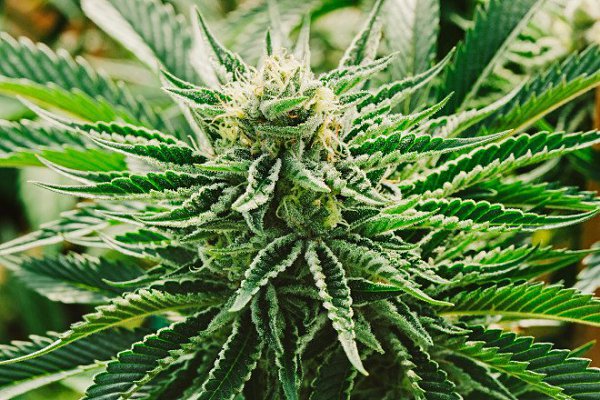Фотострана » Интересные страницы » Науки и технологии » Наука и Техника » Why Weed Gives You the Munchies

Why Weed Gives You the Munchies
Marijuana is a gateway drug. Those gates open to reveal things like chocolate-dipped pretzels, salted-caramel ice cream, and tacos made out of tortilla chips. But while the junk food industry has been content to stay on station just outside the gates, with a wink here and there in advertising, the research community is obsessed with figuring out how they open.
A hit of weed triggers a bunch of cellular switches (in addition to coughing fits), and not a few of these are responsible for sudden burrito cravings. Scientists had long known that one of the most important of these was a receptor called CB1. But they’d been missing a crucial part of the chain reaction leading to munchies. New research shows that CB1 makes you feel hungry by activating a neuron that’s usually associated with making you feel full. What is this, some kind of conspiracy?
No man, it makes sense if you really think about it. (Like, really think about it!) The researchers used two different kinds of mice to show that the CB1 receptors were activating a certain type of neuron—called POMC—usually associated with making people feel full. These cells release an appetite-suppressing enzyme called a-MSH. But, when these cells have their CR1 receptors triggered, they also release a feel-good enzyme called b-endorphin, which has been shown in some studies to induce hunger (though it’s normally associated with dulling pain). “So, having the CB1 activate these neurons was a bizarre discovery,” says Sabrina Diano, a professor at Yale and co-author of the study. Wait, what was I talking about? Oh yeah. Mice.
Half of the mice in this study were genetically modified to have their POMC neurons blocked. When these mice had their CB1 receptors activated, they ignored their food. Meanwhile, the mice with active POMC neurons pooled their money together and ordered a huge pizza. Just kidding—they ate mouse food. But this is only one piece of the pie—I mean, puzzle. The researchers found that the POMC cells activated by CB1 had high levels of free radicals, which are created by cellular engines called mitochondria as they convert oxygen and food into energy. These extra free radicals indicate that the mitochondria in stoned POMC cells are working overtime. The researchers believe that this points to a certain mitochondrial protein that is telling the POMC cell to create munchie-inducing enzymes—they’re called beta-endorphins, in case you forgot—in addition to the a-MSH party killers.
Weed makes people hungry, and drug companies figure that if they understood how, they could parlay this fact into making people not-hungry. So far, the biggest effort at inventing a reverse-munchies pill was a flop. In 2006, Sanofi-Adventis rolled out an anti-munchie drug called rimonabant in Europe, but they had to pull the drug off the market within a few years, after people started reporting big side effects, most notably anxiety, depression, and general bad vibes. Because of this, other drug companies have been reluctant to develop weight-loss drugs based on CB1, says Kenneth Mackie, a biologist at Indiana University who was not a part of this research. “But if POMC shows there’s another way to change neuron activity, it may give them another way to manipulate receptors for weight loss,” he says. Along the way, researchers are bound to find a lot more things that will make them say, “woah….”




войдите, используя
или форму авторизации